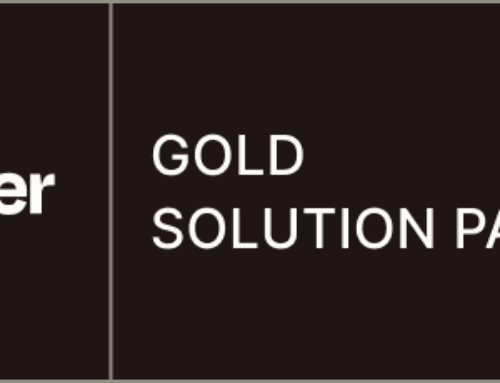Streamlining Project Management: Adding GitHub Pull Requests as Trello Cards
The Importance of Efficient Project Management Tools
In the hustle and bustle of modern software development, managing projects efficiently has become more important than ever. With teams often scattered across the globe, having a central hub for collaboration is crucial. This is where tools like GitHub and Trello enter the scene, becoming indispensable parts of the developer’s toolkit.
GitHub provides robust version control and collaborative features, whereas Trello offers a visually pleasing way to organize tasks. When you combine these two powerhouses, you’re in for a streamlined project management experience that can enhance productivity and efficiency.
Integrating GitHub with Trello
You might be wondering, why integrate GitHub with Trello at all? Well, think of it like a well-oiled machine—every cog needs to be in sync for smooth operation. By integrating GitHub with Trello, you ensure all your pull requests are right where you need them—in your project board.
This integration allows team members to easily track the progress of various tasks, providing a bird’s-eye view of the project. It eliminates the hassle of toggling between platforms, thereby saving time and reducing errors due to miscommunication.
Getting Started with Automation
Automation is the magic word here. Setting up an integration between GitHub and Trello can sound daunting, but it’s actually a breeze if you know the steps. The key is using the right template, like the one from Make, which simplifies this process significantly.
By automating the process of adding GitHub pull requests to Trello as cards, you free up time to focus on more critical tasks. Think of automation as your personal assistant, handling repetitive tasks while you tackle the bigger picture.
Step-by-Step Guide to Setup
To start with this integration, you’ll first need access to both your GitHub and Trello accounts. Next, use a service like Make to connect these platforms seamlessly. The crucial part here is ensuring that your automation recipe or template is correctly set up to capture the data you need.
Follow the detailed setup instructions provided by Make. Usually, it involves authorizing access to both accounts and setting specific triggers, like a new pull request, which then generates a corresponding card in Trello. With each step completed, the transition between platforms becomes smoother.
Maximizing the Benefits of Integration
Once your integration is live, you’ll immediately notice a difference in how your team operates. No longer will you need to manually update Trello boards or track down pull request statuses throughout the day. This synchronization keeps everyone on the same page.
Moreover, with Trello now reflecting real-time data from GitHub, your team can make quicker, more informed decisions. It ensures transparency and aligns your development process with business objectives effectively.
Troubleshooting Common Issues
Like any technical setup, sometimes things might not go as planned. Maybe the cards aren’t appearing in Trello, or the data seems incorrect. First, double-check the connectivity between GitHub, Trello, and your automation tool.
If issues persist, review the automation setup. Ensure that permissions are correctly configured, and triggers are properly defined. Consulting the help resources or customer support of your integration tool can also provide solutions to common hiccups.
Advanced Tips for Power Users
For those looking to push the envelope further, consider customizing your Trello cards with labels or due dates pulled directly from GitHub. This adds another layer of detail to your project management that seasoned developers will appreciate.
Another tip is to explore additional triggers and actions within Make. Perhaps add comments or even automatically move cards when certain conditions are met. These tweaks can transform an efficient system into an exceptional one.
FAQs
How does integrating GitHub with Trello improve project management?
It centralizes project tracking, reduces manual entry, and provides a real-time overview of task progress, enhancing team communication and productivity.
Is the setup process for integration complicated?
Not at all! Using templates from services like Make makes the process straightforward, requiring minimal technical expertise.
Can I customize the integration to suit my team’s needs?
Absolutely! You can adjust triggers, actions, and even customize card details to match your project requirements and enhance utility.
What if I encounter issues during the setup?
Check connectivity and settings first. If problems persist, consult the help resources or customer support of the automation service you’re using.
Are there any advanced features to explore with this integration?
Yes, you can explore additional triggers, like adding comments or moving cards based on conditions, to further enhance your workflow.









